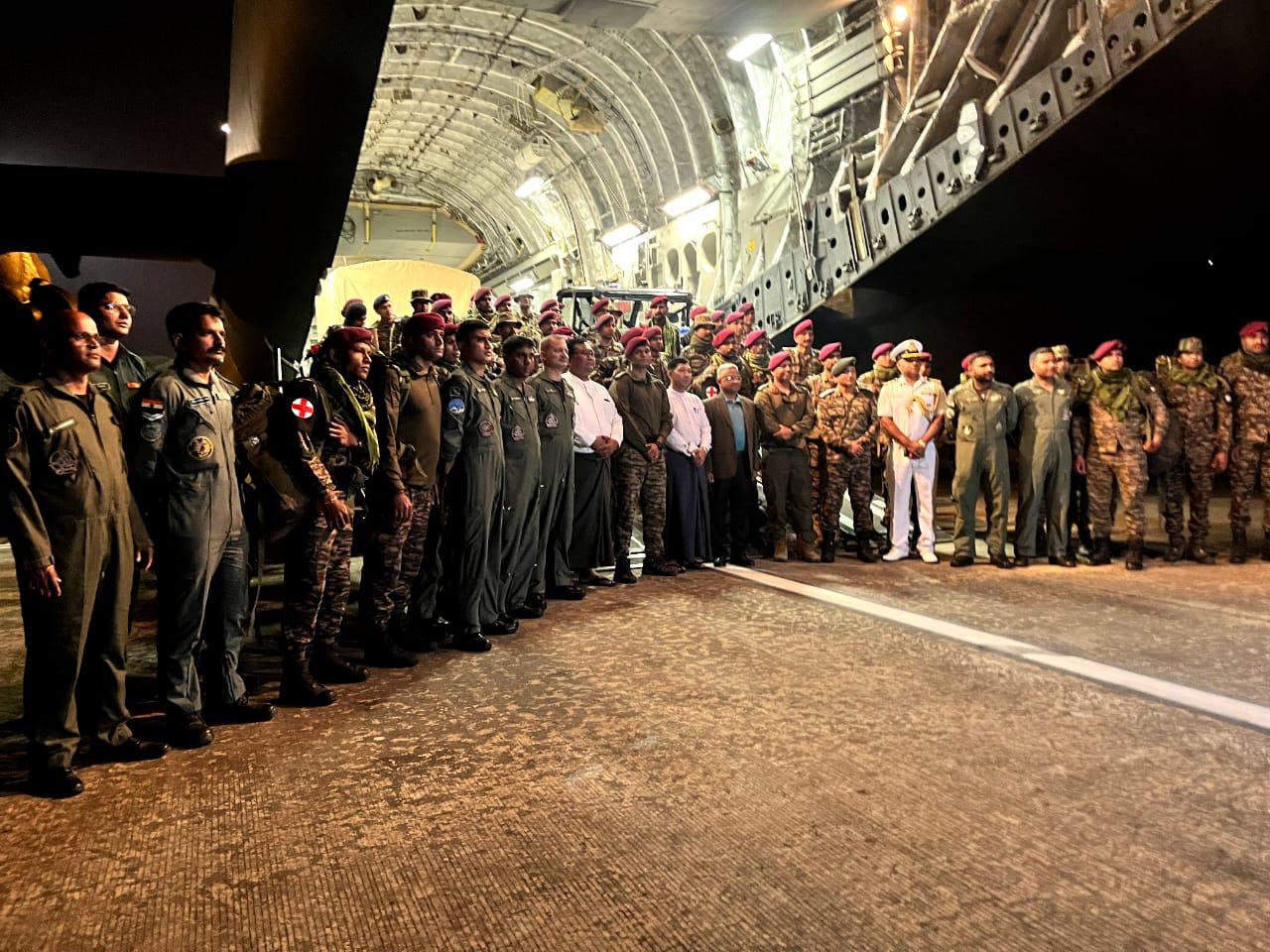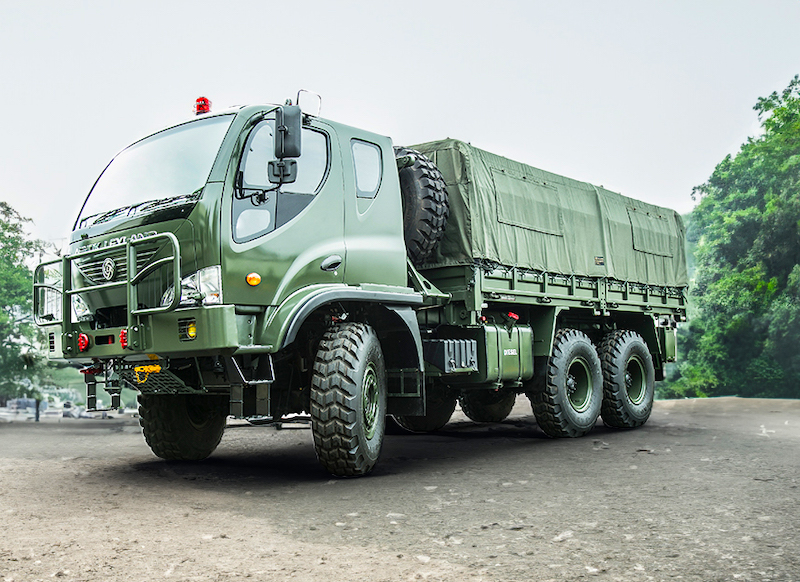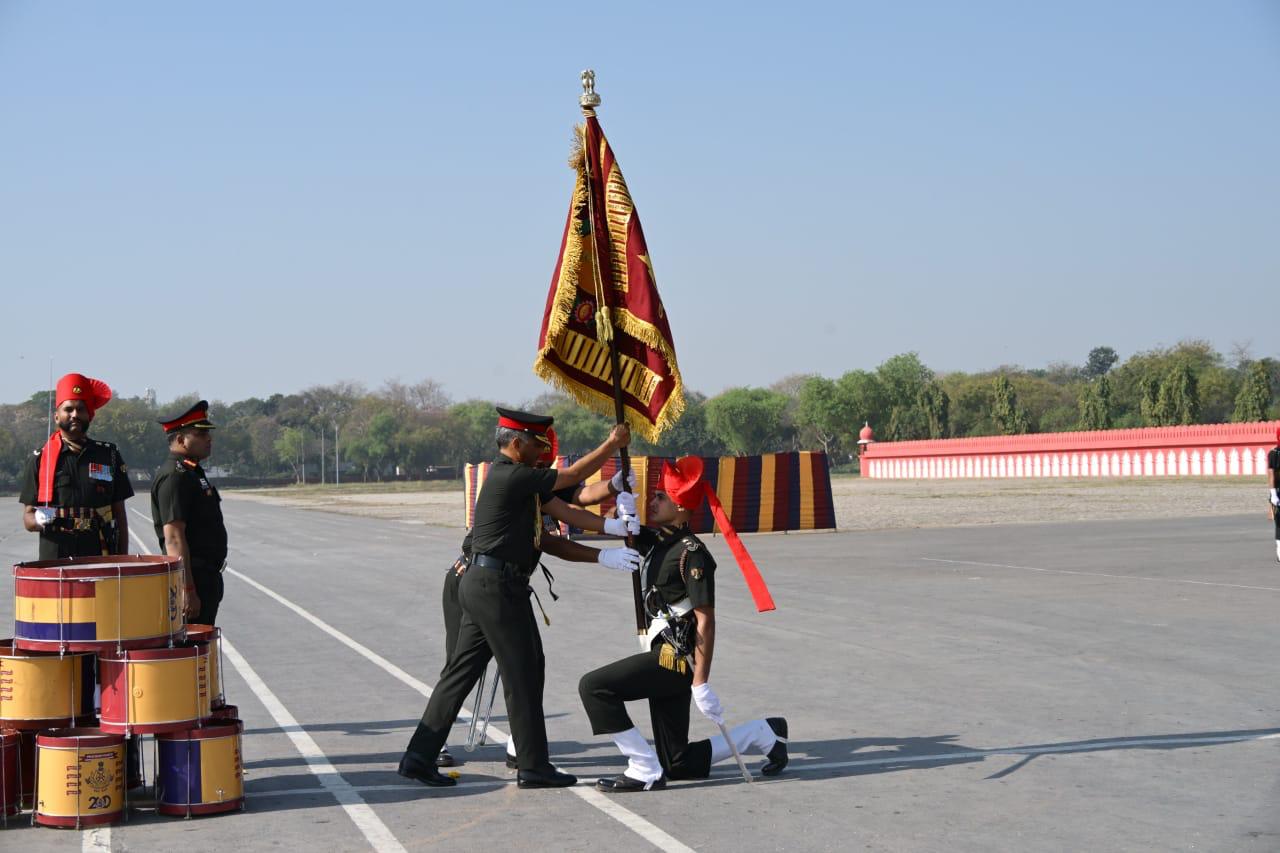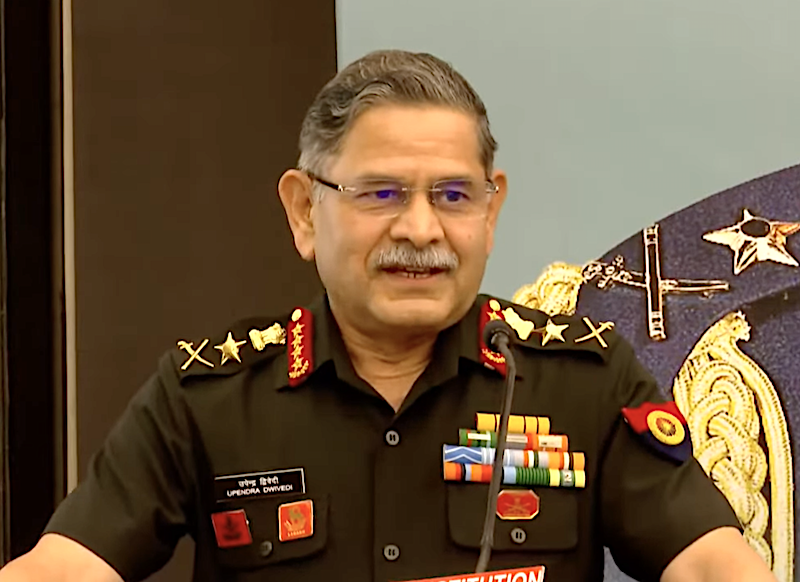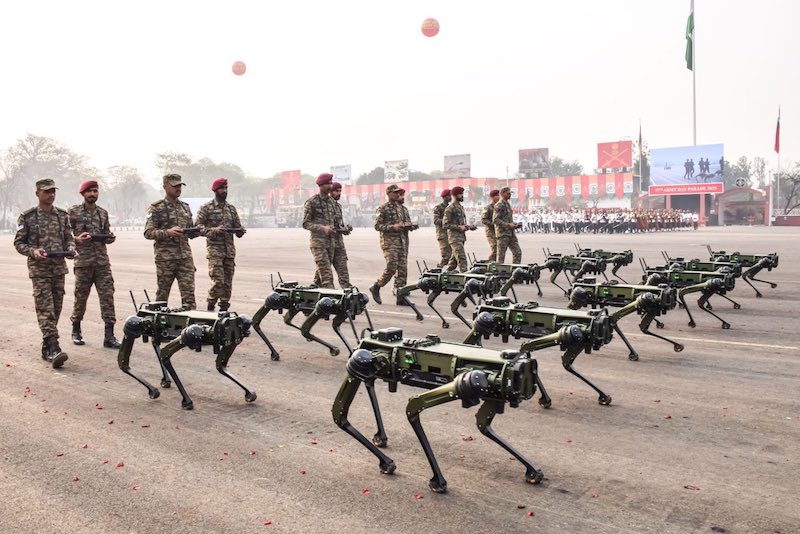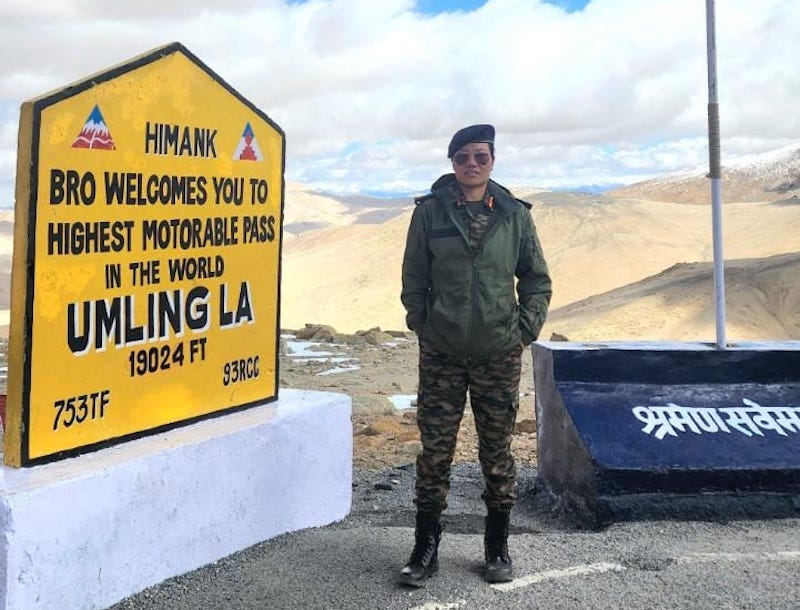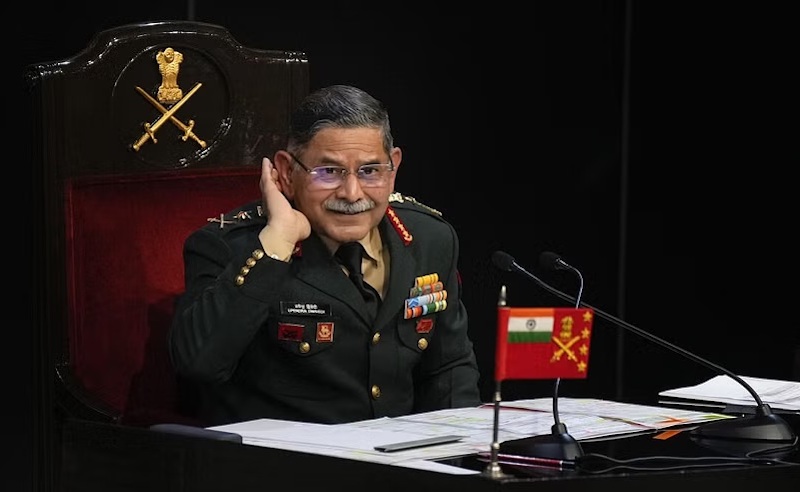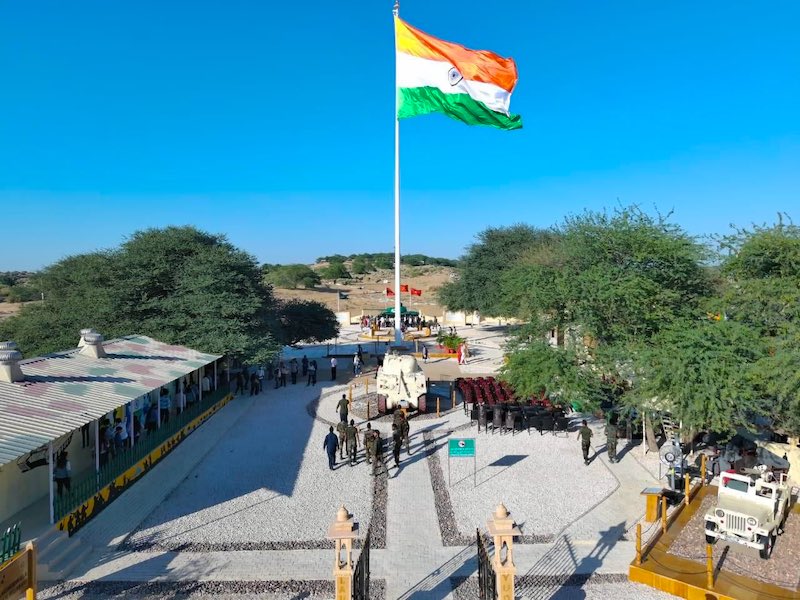
The Indian Army’s Infantry Day, celebrated on October 27, honours the valour and sacrifice of the infantry, the largest and one of the oldest combat arms of the service. This day commemorates the arrival of the Indian Army in Jammu & Kashmir in 1947 to counter a Pakistani tribal invasion and regular soldiers disguised as tribal raiders, marking the first significant operation post-Independence. Each year, the celebrations reflect on the storied history, sacrifices, and contributions of the infantry, recognizing their unwavering dedication to national security and sovereignty.
Historical Background of Infantry Day
The roots of Infantry Day trace back to October 27, 1947, shortly after India’s Independence. On this day, the first major military operation of independent India took place. Following the tribal invasion backed by Pakistan, the ruler of Jammu & Kashmir, Maharaja Hari Singh signed the instrument of accession on October 26, 1947, joining the princely state with the Union of India.
The very next day, the Indian Army’s infantry units were airlifted to Srinagar, marking the Indian military’s first action in defence of Jammu & Kashmir. This operation showcased the Army’s commitment to safeguarding the sovereignty of India, setting a precedent for future military engagements.
The day celebrates the courage displayed by soldiers during the initial defence operations in Kashmir. Their early successes against well-armed and determined adversaries helped secure Srinagar, thus protecting vital territory from falling in Pakistan’s hands. This bold intervention is the reason October 27 was chosen as Infantry Day and is observed annually to honour the legacy of the infantry’s role in protecting India’s borders.
The Significance of Infantry in the Indian Army
As the oldest and most versatile branch, the infantry holds a unique place in the Indian Army. Unlike mechanized or armoured divisions, infantry units engage directly with the enemy in challenging terrains, including mountains, deserts, and dense forests.
Known as the “Queen of the Battle”, the infantry’s role demands physical endurance, mental toughness, and a high degree of adaptability. Their tasks range from combat operations and counterinsurgency to peacekeeping and disaster relief, reflecting the multifaceted responsibilities they shoulder.
Indian Army’s Infantry Today
The Indian Army’s organizational structure was inherited from the British Army, and this framework is still in place today. Accordingly, much like its predecessor, the primary role of an Indian infantry regiment is not to conduct field operations, but rather to supply well-trained battalions and personnel to the field formations. As a result, it is commonplace to find battalions from the same regiment dispersed across various brigades, divisions, corps, commands, and even different theatres of operation.
Similar to their British and Commonwealth counterparts, the troops enlisted within an Indian regiment demonstrate immense loyalty, take great pride in the regiment to which they belong, and typically spend their entire career serving within that same regiment.
The recruitment criteria for most Indian Army infantry regiments is based on specific factors, such as region, like the Assam Regiment; caste/community, like the Jat Regiment; or religion, like the Sikh Regiment. While many regiments continue the legacy of those raised under the British Raj, some have been established since India’s independence, with certain units specializing in border defence, like the Arunachal Scouts, Ladakh Scouts, and the Sikkim Scouts.
Over time, there have been concerns that the troops’ allegiance lies more with their respective regiments and the regions, castes, communities, or religions from which they are recruited, as opposed to the Indian union as a whole. Consequently, some “all India” or “all class” regiments have been created, which recruit personnel from across India, regardless of their regional, caste, community, or religious affiliations, like the Brigade of the Guards (later converted to Mechanized Infantry) and the Parachute Regiment.
The infantry forms the bulk of the 1.24 million-strong Indian Army. The service has around 30 infantry regiments, with the oldest, Madras Regiment, raised in 1758. The youngest infantry regiment of the India Army is the Sikkim Scouts, which was raised in 2013.
Infantry units are vital in both wartime and peacetime, often being the first responders during crises within the country or overseas. Their physical presence on the ground symbolizes India’s territorial integrity and resolve, creating a direct impact in conflict zones and fostering peace and security. Furthermore, the infantry’s ethos of selfless service has created a legacy of heroism that continues to inspire new generations of soldiers.
Major Achievements of the Indian Army’s Infantry
1947–48 Jammu & Kashmir Operations
The very first major achievement of the Indian Army’s infantry was the successful defence of Jammu & Kashmir in 1947–48. During the First India-Pakistan War, infantry units played a decisive role, capturing strategic locations and securing the valley. Their tenacity ensured that most of Jammu & Kashmir remained under Indian control. The bravery and sacrifice of these soldiers set a high standard for future engagements and highlighted the role of infantry in maintaining India’s territorial integrity.
The 1962 India-China War
Though the 1962 conflict with China exposed challenges, it also displayed the infantry’s resilience against a numerically superior and well-prepared adversary. Indian infantrymen, stationed in extreme conditions and at high altitudes, fought valiantly, despite facing a lack of adequate infrastructure and logistics.
Although the war concluded with some territorial losses for India, the endurance shown by Indian soldiers led to significant restructuring and modernisation efforts within the Army, ultimately strengthening India’s defensive posture along its northern borders.
The 1965 India-Pakistan War
In the 1965 war with Pakistan, the Indian infantry demonstrated their might across various fronts. Notable battles like Asal Uttar and Haji Pir highlighted the infantry’s combat skills and strategic capabilities. During the Battle of Asal Uttar, Indian forces, primarily infantry, halted Pakistan’s advance and inflicted heavy casualties on the adversary ground forces.
Meanwhile, the capture of the Haji Pir Pass was a strategic victory that emphasized the importance of high-altitude warfare. The war showcased the infantry’s ability to conduct offensive operations effectively and decisively.
1971 Bangladesh Liberation War
The 1971 Bangladesh Liberation War remains one of the most celebrated victories for the Indian Army. Infantry units played a central role in this 13-day conflict, leading to the creation of Bangladesh from East Pakistan by severing it from West Pakistan.
Fighting in dense and riverine terrain and under challenging conditions, Indian infantry achieved a swift victory, resulting in the surrender of approximately 93,000 Pakistani soldiers. This war is remembered as a testament to the infantry’s operational expertise and its commitment to humanitarian ideals, as India intervened to end atrocities against the Bangladeshi population.
Kargil War of 1999
The Kargil conflict of 1999 is another iconic chapter in the history of Indian infantry. Faced with challenging conditions and high-altitude terrain, the infantry launched counterassaults to reclaim peaks that had been infiltrated by Pakistani forces.
Several successful operations, such as the recapture of Tololing, Tiger Hill, and other strategic points, demonstrated the courage, tenacity, and skill of Indian soldiers. The victory in Kargil reinforced India’s commitment to protecting its territory and underscored the infantry’s invaluable role in high-altitude warfare.
Counterinsurgencies in Jammu & Kashmir and Northeast
The Indian Army’s infantry has been at the forefront of numerous counterinsurgency operations in Jammu & Kashmir and the northeast region, showcasing their adaptability, resilience, and commitment to national security. These operations have been crucial in maintaining peace and stability in regions plagued by insurgency and militancy.
Jammu & Kashmir Operations
In Jammu & Kashmir, the Indian Army has conducted numerous successful counterinsurgency operations to neutralize terrorist threats and dismantle militant networks.
Over the years, the methods of counterinsurgency operations evolved and along with it the Army’s rapid response capabilities and seamless coordination with local forces. In recent times, the use of helicopters and drones for surveillance and reconnaissance, and sometimes armoured personnel carriers, played a crucial role in tracking and neutralizing militants. The Army’s efforts have been instrumental in breaking the cycle of violence and dismantling the terror ecosystem in the region.
Northeast Operations
In the northeast, the Indian Army has been engaged in counterinsurgency operations for decades, addressing insurgencies in states like Assam, Manipur, Nagaland, and Tripura.
The Army’s operations have focused on neutralizing insurgent groups, restoring law and order, and facilitating development activities in the region. The synergy between the Army, civil administration, and local communities has been key to the success of these operations.
One notable operation in the northeast involved the deployment of specialized counterinsurgency units to combat insurgent groups in Manipur. The Army’s efforts have led to the surrender of several militants and the restoration of peace in the region.
Additionally, the Army has been involved in various development projects under Operation Sadbhavana, aimed at improving infrastructure, education, and healthcare in remote and border areas in the northeastern states
United Nations Peacekeeping Missions
The Indian Army has also made significant contributions to global peace through numerous UN peacekeeping missions. Indian infantry units have been deployed to conflict zones in countries like Congo, Lebanon, and Sudan. Their professionalism and compassion have earned respect worldwide, making India one of the largest contributors to UN peacekeeping operations.
These missions reflect the Army’s commitment to global peace and highlight the adaptability and discipline of the Indian infantry.
Commemorations on Infantry Day
On Infantry Day, the nation pays homage to the countless soldiers who have laid down their lives for India’s security. The day is marked by various ceremonies, including wreath-laying at war memorials and parades at infantry regimental centres. Veterans and serving personnel come together to honour the legacy of fallen heroes and celebrate the courage of those still serving.
Additionally, Infantry Day serves as a platform for reflecting on strategic achievements and discussing advancements to prepare the infantry for future challenges.
Institutions, like the National War Memorial in New Delhi, see particular emphasis on October 27, with military officials, dignitaries, and citizens commemorating the infantry’s contributions. These events reinforce the Army’s connection with the citizens, highlighting the shared values of service, sacrifice, and commitment.
Indian Army Infantry Day is a powerful reminder of the sacrifices made by infantry soldiers to protect India’s sovereignty. From their critical role in the 1947 Kashmir operations to their participation in global peacekeeping, the infantry represents the core values of the Army: courage, discipline, and dedication.
As India’s first line of defence, the infantry has a legacy that is both inspiring and humbling, marking a journey filled with tales of bravery and resilience. By commemorating Infantry Day, India pays tribute not only to the soldiers of the past but also to those who continue to stand guard, safeguarding the nation and upholding its honour.
The legacy of the Indian Army’s infantry is not merely a story of battles and victories; it is a narrative of unyielding resolve and an unwavering commitment to the nation’s security and stability.
Read also:
Territorial Army Day – Let’s know more about it
Gunners’ Day – Let’s know about Indian Army’s Regiment of Artillery
Indian Air Force Day – Let’s know about the guardians of our skies
Follow us on social media for quick updates, new photos, videos, and more.
X: https://x.com/indiasentinels
Facebook: https://facebook.com/indiasentinels
Instagram: https://instagram.com/indiasentinels
YouTube: https://youtube.com/indiasentinels
© India Sentinels 2024-25


